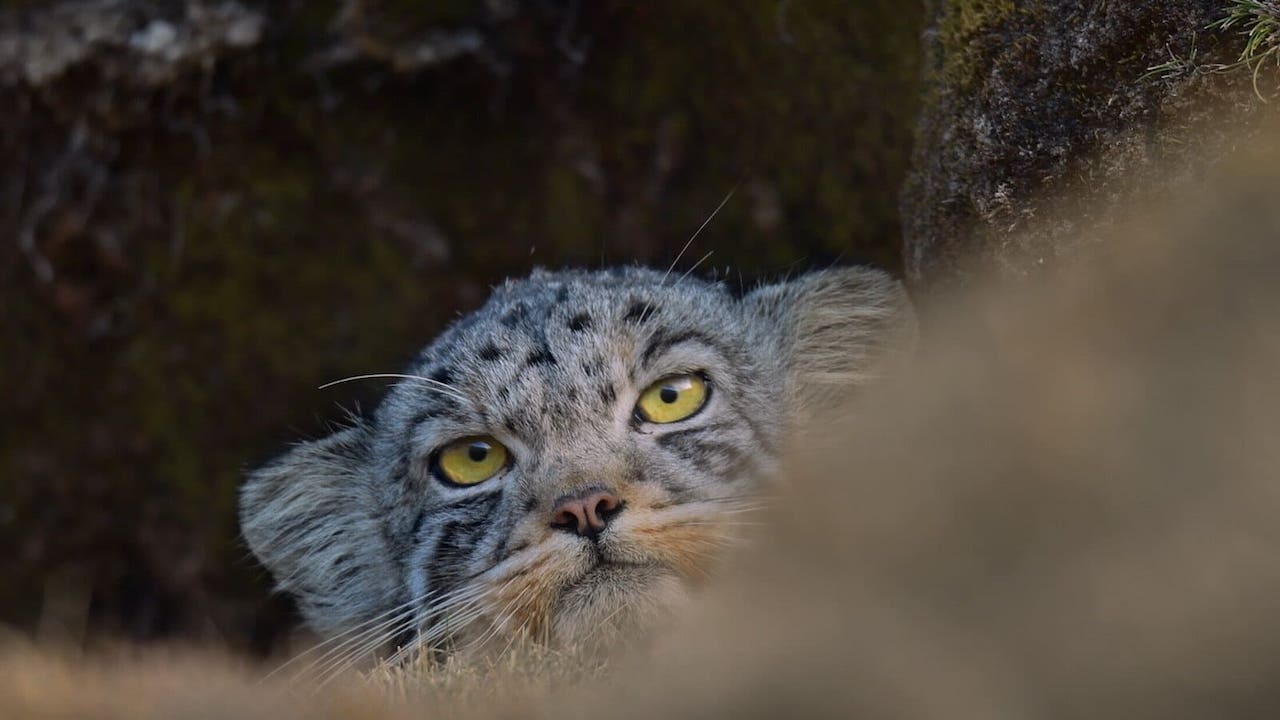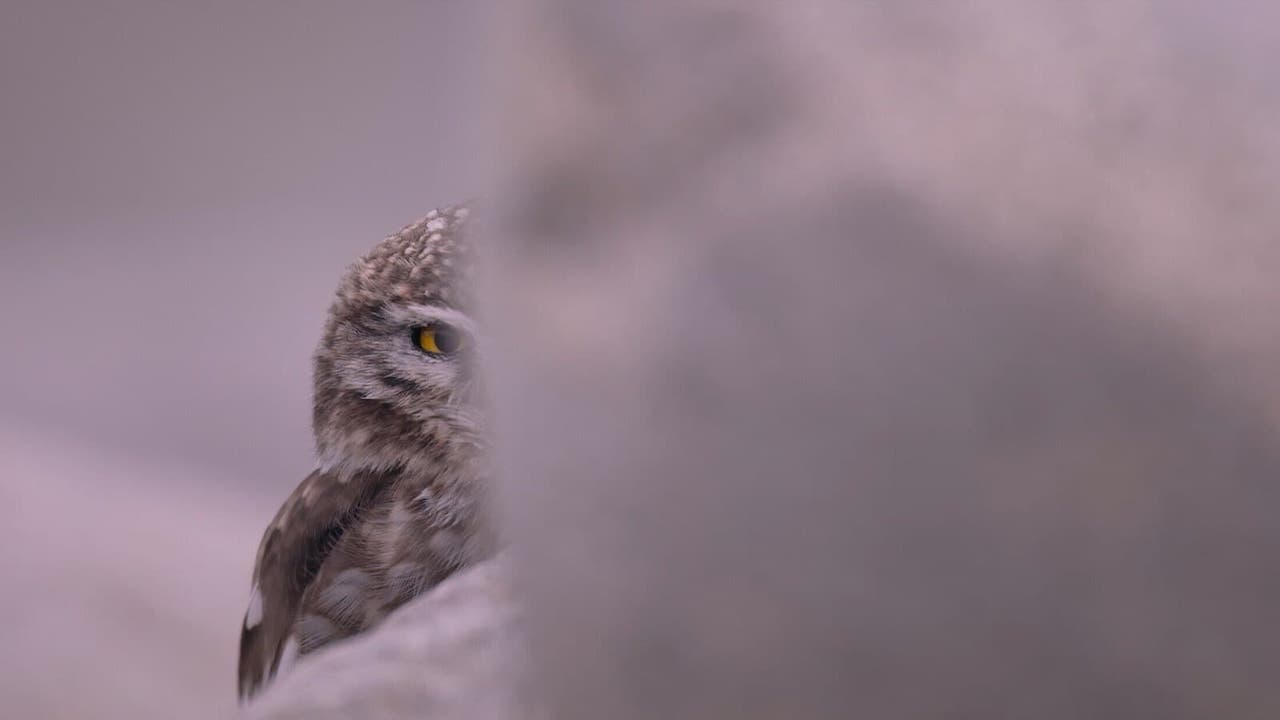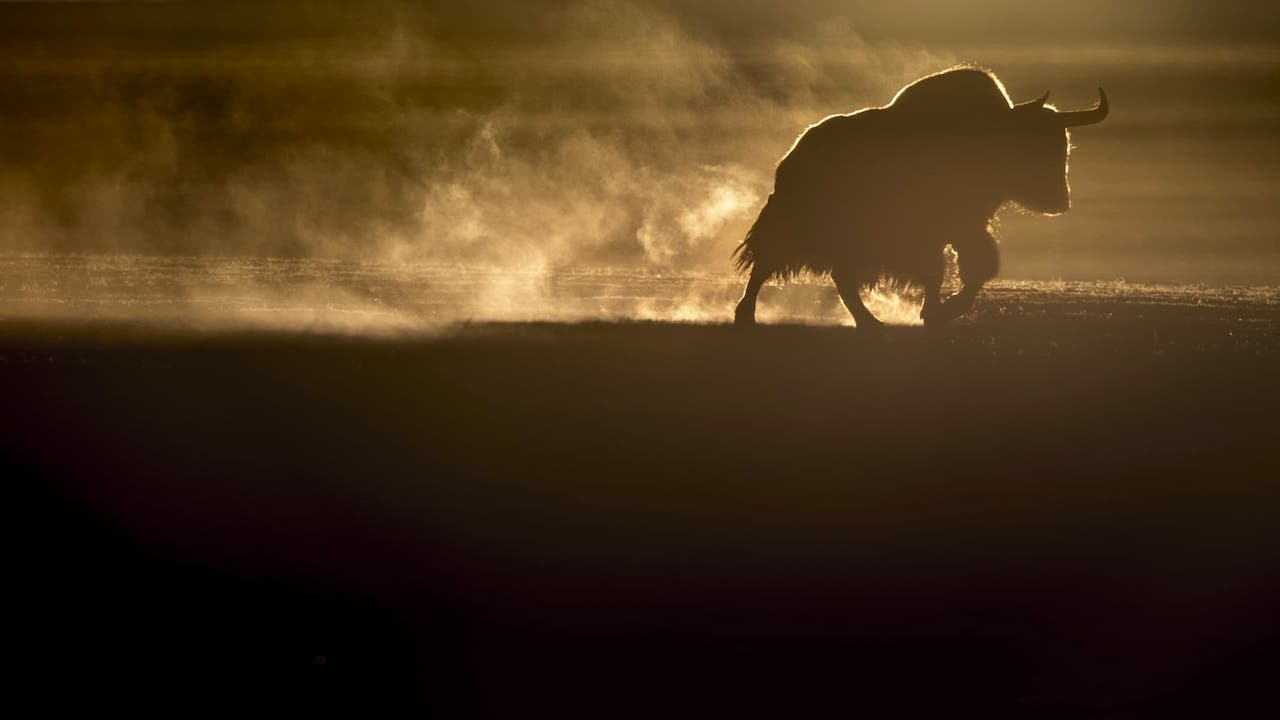How Tibetan nature doco The Velvet Queen teaches us to be patient

Owls, antelope and the adorable pallas cat star in The Velvet Queen, an experiment in delayed gratification and spectatorship. Here’s Eliza Janssen on how this meditative doco trains viewers to appreciate it.
I wasn’t super keen on seeing The Velvet Queen. A nature-loving friend of mine couldn’t make the screening, and so asked if I’d want to take her place and see this slow screensaver of a doco with her mates—total strangers to me. The film’s subject matter seemed to be a blank slate, too: a visually stunning safari before which I could just veg out and not pay too much attention.
Not very good filmgoing practice, I know, but the point remains: I was unprepared for how intellectually, and emotionally, engaging this Tibetan nature doco would be. Whether you care about the titular elusive snow leopard or not, I highly recommend that you head to the cinema too if you can, rather than letting The Velvet Queen prowl onto your streaming screens.
Directed by Marie Amiguet and Vincent Munier, The Velvet Queen instead tries to see the stark vistas of Tibet through the eyes of French travel writer Sylvain Tesson. His book The Art of Patience chronicles his exhausting efforts to spot a rare snow leopard in the isolated mountain landscapes of Tibet, but I imagine it’s far more stirring to see these processes on a big, wide screen rather than in text.
Tesson claims that the human need to wait and watch for wild animals is one of our oldest behaviours, but neither he nor his companion and wildlife photographer Munier is after meat or pelts: only a shared experience, witness of these mythic critters in their natural habitats.
Sombre, bass-heavy compositions from Nick Cave and Warren Ellis groan over sweeping imagery of plains, steppes and caves. Chiru (Tibetan antelopes) are the main stars of act one, striking a pose in Gothic silhouettes. They’re only the amuse bouche, though: Tesson and Munier seem to find a saintly importance in the suspense of searching for yet rarer beasts, sometimes crouching on a hill near fresh bear feces for hours on end and failing to encounter one other living thing.

Tesson’s narration can be florid at times, meaning The Velvet Queen says it best when it says nothing at all. These forbidding visuals really speak for themselves, and gradually we’re taught to see the world as our two witnesses do. Or, more thrillingly, perhaps as the shy animals of the land do. The movie’s MVP, a grumpy-faced pallas cat, checks to see if the coast is clear before it treads carefully across the screen, and we’re right there with it, unsure whether we’re playing predator or prey today.
Where better known documentaries from Herzog or Attenborough can better rely on their narrator’s charisma and insight to lend each alien animal and location meaning, The Velvet Queen teaches us to appreciate each scene intuitively. It’s an engrossing feeling to slowly enter Tesson and Munier’s bodily experience, whether it’s the bone-aching cold of waiting in an exposed spot or the hard-earned thrill of seeing a cougar on a trail cam.
Trapped in the dark in your cinema seat, you too will feel like the chance to see these brave mammals and birds is miraculous enough, without the danger and playful characterisation of David Attenborough’s scenes of animals struggling for survival.

By wiping its visual slate nearly clean of colour and placing all living beings in the same inhospitable coldness, The Velvet Queen shakes audiences out of our dull assumption of anthropocentrism—the false belief that humans are the main characters of life on earth. Here, we’re all just little animals needing warmth, food, and water. The chance to glimpse the legendary predator of the title is in fact totally arbitrary, but we still feel fed when the directors manage it.
In a time when I’m watching most films with a notepad at hand, the pause button available, and my phone pinging in the background, it’s never been more centring and meditative to see films in their intended medium: a dark, loud room full of other viewers. The Velvet Queen turned out to be a mesmerising elaboration of that experience. It can be demanding in its early, over-explained sequences, but this documentary slowly and sensitively educates us in seeing—really seeing—its subjects as they are, however long it takes.


















